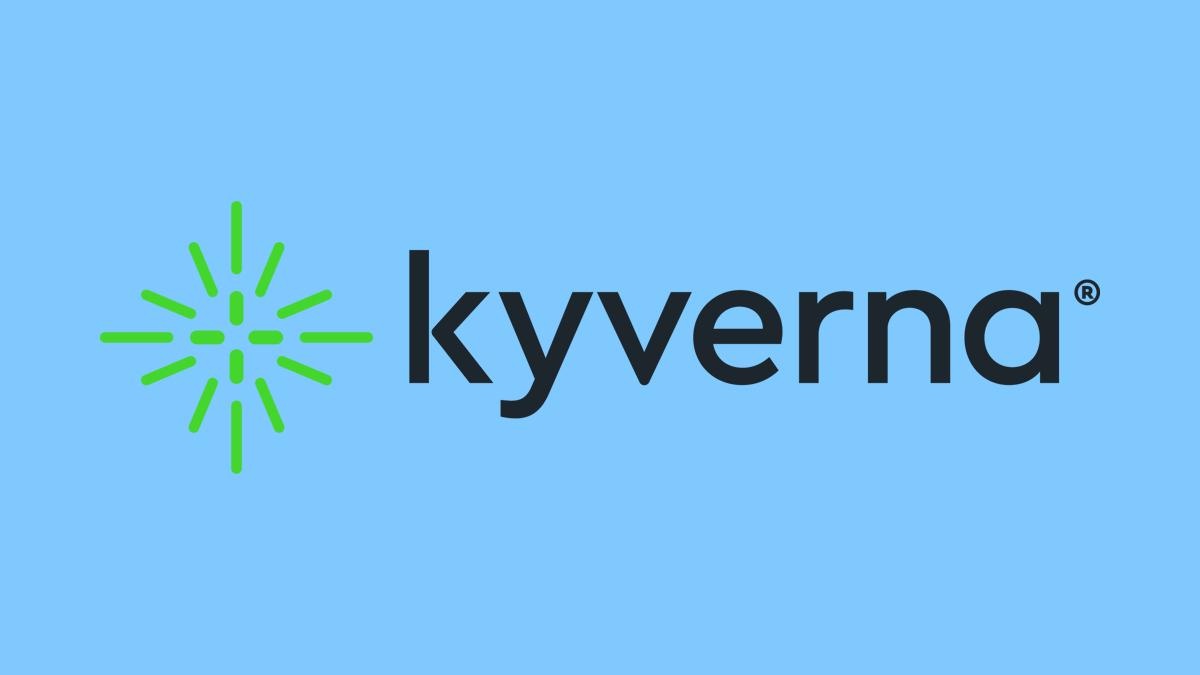Sunshine transparency reporting for emerging pharma: Simplify, streamline, and secure

Pharmaceutical and medical device manufacturers launching their first product in the US face several complex challenges while preparing for the required collection and reporting of transfers of value provided to healthcare providers (HCPs) and healthcare organisations (HCOs). The many unique federal and state legal requirements, coupled with steep penalties for inaccurate, incomplete, or late reporting, underscore the critical need for a strategic, well-organised transparency reporting programme.
Readiness considerations: Preparing for launch
Using a specialised transparency reporting service can mitigate the risk of significant penalties. It helps manufacturers identify areas of their business impacted by transparency and aggregate spend legislation and assists in a thorough analysis of the activities that are and will soon be conducted by these business units. Some key considerations leading up to product launch include, but are not limited to:
- HCP interactions: Inventory and analysis of current (and planned post-launch) activities, even for those manufacturers operating in the rare disease space who may interact with a limited number of HCPs.
- Legal entities: Identification of all legal entities, including affiliates and parent organisations, that could be considered Applicable Manufacturers under the Sunshine Act (including potential application of the “10% Rule”).
- Direct payments: Systems such as Concur track employee-expensed HCP interactions (e.g., meals, travel). Expense reporting systems should be set up for precise logging and reporting of expenses, and employees need to be taught the correct method for documenting these interactions.
- Indirect payments: Identification of third parties interacting with HCPs on the manufacturer’s behalf is also required, since indirect payments to HCPs/HCOs by third parties, such as CROs and event organisers, are reportable. Therefore, protocols must be implemented to facilitate the transfer of complete and accurate payment details.
- Reasonable assumptions: Addressing other manufacturer-specific matters, such as determining the date when a cell and gene therapy (or others where there could be significant time between approval and product in the channel) becomes a covered product.
As a result, organisations are safeguarded against the legal implications and reputational damage, resulting from not being fully prepared at launch.
Additionally, the expertise keeps organisations informed of the constantly evolving regulatory landscape and helps demonstrate a commitment to compliance with governing bodies, shareholders, employees, the industry, and the public. Thus, the strategic investment in an outsourced transparency reporting service is a forward-looking approach against potential penalties and a way to enhance overall operational agility, efficiency, and reputation.
Navigating compliance challenges: Strategies for accurate reporting
Manufacturers must continuously adapt to meet evolving regulatory requirements, particularly in the meticulous task of tracking, aggregating, and reporting the details of the transfers of value provided to HCPs and HCOs. The complexity of these challenges is multifaceted, stemming from the sheer volume of data, the diversity of sources, and the stringent accuracy standards mandated by regulatory bodies. To navigate this, organisations must employ robust strategies that ensure the comprehensive collection of expense information and its verification and alignment with regulatory expectations.
Two key strategies to support this are implementing advanced data management processes and clear internal guidelines. These serve as the foundation for a proactive compliance framework, enabling organisations to anticipate regulatory shifts and adapt their processes accordingly. By addressing the current state of compliance challenges with strategic foresight and precision, organisations can ensure that their transfer of value reporting programme meets regulatory requirements, safeguarding against potential penalties and reinforcing their commitment to transparency and integrity.
Optimising reporting through data aggregation and remediation
In transparency reporting, data accuracy, timeliness, and completeness are paramount. Achieving these standards requires sophisticated methods for aggregating and remediating data, a critical step that ensures the integrity of reports submitted to regulatory bodies. Below are a few steps that can help streamline data collection, verification, and correction to uphold the highest levels of reporting quality.
- Data remediation is essential for identifying discrepancies, inaccuracies, or incompleteness within the data. Remediation methods include cross-referencing data points, conducting thorough audits, and implementing corrective actions to rectify any identified issues.
- Data aggregation involves systematically consolidating data from diverse sources within the organisation, requiring advanced solutions and meticulous planning. The objective is to create a unified dataset that accurately reflects all reportable transactions and interactions with HCPs and HCOs.
- These steps are supported by continuous monitoring and updating mechanisms to ensure that the data remains current and reflective of any new transactions or modifications.
Through this process, organisations can significantly enhance the reliability of their transparency reporting, ensuring that all submissions are timely, accurate, and complete. This meets regulatory requirements and reinforces the organisation's commitment to operational excellence and ethical conduct.
Best practices for report submissions
The timely preparation and submission of federally compliant reports to state governing bodies is critical to regulatory adherence. Developing a comprehensive reporting calendar that tracks all deadlines and requirements is a cornerstone of these best practices. This approach allows organisations to allocate enough time to prepare, review, and submit reports, mitigating the risk of any last-minute errors.
Equally important is rigorous data verification before submission. This involves thorough audits of the reportable data against source documents and records to ensure accuracy, completeness, and compliance with reporting requirements.
Training and continuous education for staff involved in the reporting process is also paramount, especially for pre-commercial manufacturers that may have team members with limited (or outdated) awareness. This ensures all personnel are current with the latest regulatory requirements and best practices in transparency reporting.
Conclusion
For emerging pharma and medical device companies navigating the complex regulatory environment of the US market, embracing a strategic approach to transparency reporting is not just a necessity, but a fundamental step towards innovation and greater patient access. The intricacies of transparency reporting, from capturing accurate data to navigating legal requirements, are critical yet surmountable challenges that pave the way for a successful product launch. It's about ensuring that groundbreaking therapies reach the hands of those in need, transforming lives and advancing healthcare.
About the authors
 Andy Parks is VP of compliance at Two Labs. He has over 20 years of experience in the life sciences industry, focusing on regulatory enforcement & compliance, disputes advisory, and data analytics. Prior to joining Two Labs, Parks assisted clients for over ten years with global HCP and HCO transparency and aggregate spend matters, including readiness and compliance assessments, master and transactional data review and remediation, and report preparation, submission, and documentation. He has also advised clients on related areas, including HCP engagement, state drug price transparency, Corporate Integrity Agreement readiness, and government price reporting and related areas (e.g. PAMA).
Andy Parks is VP of compliance at Two Labs. He has over 20 years of experience in the life sciences industry, focusing on regulatory enforcement & compliance, disputes advisory, and data analytics. Prior to joining Two Labs, Parks assisted clients for over ten years with global HCP and HCO transparency and aggregate spend matters, including readiness and compliance assessments, master and transactional data review and remediation, and report preparation, submission, and documentation. He has also advised clients on related areas, including HCP engagement, state drug price transparency, Corporate Integrity Agreement readiness, and government price reporting and related areas (e.g. PAMA).
 Brian Fittipaldi is director of operations of aggregate spend at Two Labs. He has spent over 10 years in the life sciences industry, providing global HCP and HCO transparency and aggregate spend support as both a consultant and in-house lead, with a focus on US federal, state, and international reporting requirements. Prior to joining Two Labs, Fittipaldi spent six and a half years as lead of a midsize pharmaceutical manufacturer’s global HCP and HCO spend transparency programme, with responsibility for over thirty annual global reports. He also spent three and half years as a compliance consultant at a big four consulting firm, supporting dozens of clients in meeting their US federal and state transparency and aggregate spend reporting obligations.
Brian Fittipaldi is director of operations of aggregate spend at Two Labs. He has spent over 10 years in the life sciences industry, providing global HCP and HCO transparency and aggregate spend support as both a consultant and in-house lead, with a focus on US federal, state, and international reporting requirements. Prior to joining Two Labs, Fittipaldi spent six and a half years as lead of a midsize pharmaceutical manufacturer’s global HCP and HCO spend transparency programme, with responsibility for over thirty annual global reports. He also spent three and half years as a compliance consultant at a big four consulting firm, supporting dozens of clients in meeting their US federal and state transparency and aggregate spend reporting obligations.












